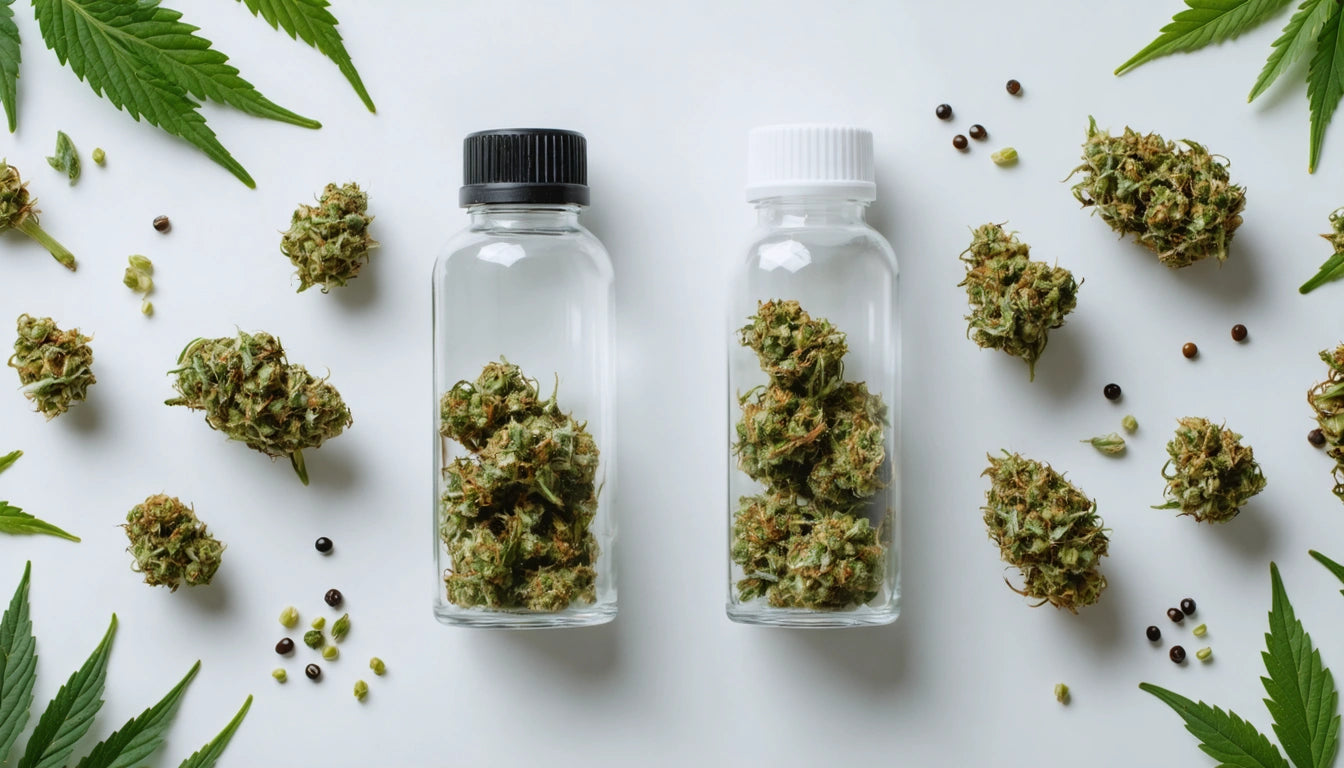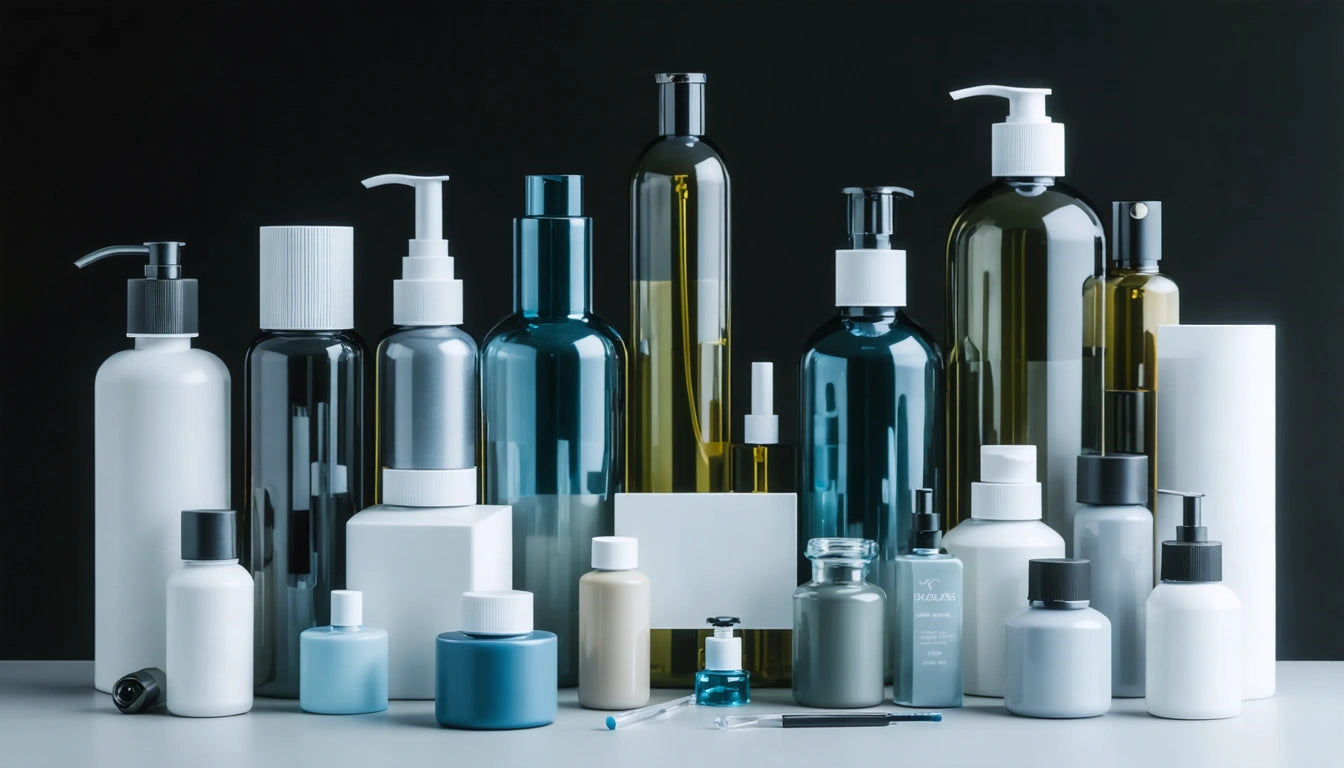Table of Contents
- Packaging Options Overview: Rigid vs Flexible Solutions
- Preservation Factors: How Packaging Type Affects Cannabis Quality
- Compliance Considerations for Different Packaging Types
- Branding and Consumer Experience: Visual Appeal and Functionality
- Sustainability and Cost Analysis: Finding the Right Balance
- Strategic Packaging Selection: Making the Right Choice for Your Brand
The packaging debate between rigid and flexible solutions continues to evolve as the cannabis industry matures. Each option offers distinct advantages for preserving premium flower quality, meeting compliance requirements, and attracting consumers. Understanding these differences helps brands make strategic decisions that align with their market positioning and operational needs.
Packaging Options Overview: Rigid vs Flexible Solutions
Rigid packaging primarily includes glass jars, plastic containers, and metal tins. These options provide structural integrity and a premium feel. Glass jars versus mylar bags represents one of the most common decision points for brands entering the market.
Flexible packaging encompasses mylar bags, pouches, and custom film solutions. These options offer versatility in design, efficient storage, and typically lower shipping costs. The flexibility extends to customization options, allowing for unique shapes and sizes that rigid packaging might not accommodate.
Preservation Factors: How Packaging Type Affects Cannabis Quality
Terpene Retention
Terpene preservation remains a critical concern for premium flower. Rigid glass containers with appropriate airtight closure systems offer superior protection against terpene degradation by creating a completely sealed environment. Studies show that properly sealed glass containers can maintain terpene profiles for significantly longer periods compared to most flexible alternatives.
For brands prioritizing terpene preservation, specialized packaging techniques can make a substantial difference in product shelf life and consumer experience.
Humidity Control
Both packaging types can accommodate humidity control solutions, but their effectiveness varies. Rigid containers provide consistent internal environments that work well with humidity control packs. The stable atmosphere helps maintain optimal moisture levels over time.
Flexible packaging may require additional barrier technologies to achieve similar results, though advancements in film technology have narrowed this gap significantly in recent years.
Compliance Considerations for Different Packaging Types
Child-resistance requirements present different challenges for rigid and flexible options. Rigid packaging typically uses threaded caps or push-and-turn mechanisms to achieve compliance. These solutions are well-established but can add cost and complexity to the packaging.
Flexible packaging has evolved to include innovative child-resistant closures, such as pinch-and-pull systems or specialized zipper mechanisms. These solutions must balance security with usability, particularly for medical patients who may have dexterity limitations.
State-specific regulations may influence packaging decisions, as some jurisdictions have unique requirements that favor certain packaging types. Brands operating across multiple states must consider these variations in their packaging strategy.
Branding and Consumer Experience: Visual Appeal and Functionality
Premium perception often leans toward rigid packaging. Glass jars in particular communicate quality and craftsmanship, allowing consumers to see the product before purchase. This transparency builds trust and showcases the visual appeal of premium flower.
- Rigid packaging offers stability on retail shelves and in home storage
- Glass provides an unaltered view of the product inside
- Substantial weight can communicate premium value
- Reusability appeals to environmentally conscious consumers
Flexible packaging excels in convenience and portability. Modern consumers increasingly value packaging that fits easily into bags or pockets. Reclosable features in flexible packaging have improved significantly, addressing previous concerns about maintaining freshness after opening.
Sustainability and Cost Analysis: Finding the Right Balance
Environmental impact varies significantly between packaging types. Rigid glass containers are infinitely recyclable but have higher carbon footprints during production and transportation due to weight. Plastic rigid containers present recycling challenges depending on the specific materials used.
Flexible packaging typically requires less material and energy to produce and transport. However, multi-layer films can be difficult to recycle in many municipal systems. Eco-friendly alternatives are emerging in both categories, including bioplastics and compostable films.
Cost considerations extend beyond the unit price of packaging:
- Transportation costs (flexible packaging ships flat, saving significant space)
- Storage requirements (rigid packaging occupies more warehouse space)
- Filling efficiency (some rigid options allow for automated filling)
- Breakage rates (glass containers may require additional protective packaging)
For brands operating with limited capital, budget-friendly custom packaging solutions exist in both rigid and flexible categories.
Strategic Packaging Selection: Making the Right Choice for Your Brand
The decision between rigid and flexible packaging should align with overall brand strategy. Premium brands focusing on connoisseur consumers often benefit from the perceived value of glass containers, while brands targeting convenience-oriented consumers may find flexible packaging more appropriate.
Market research indicates that consumer preferences vary by demographic and usage patterns. Younger consumers tend to value sustainability and convenience, while older consumers and medical patients often prioritize ease of use and resealing capability.
Many successful brands implement a hybrid approach, using rigid packaging for premium lines and flexible options for value-oriented products. This strategy allows for market segmentation while optimizing costs across the product portfolio.
Whichever direction you choose, avoiding common packaging mistakes will ensure your products maintain quality and compliance throughout their retail journey.











Leave a comment
All comments are moderated before being published.
This site is protected by hCaptcha and the hCaptcha Privacy Policy and Terms of Service apply.